Beyond Grass: Why White Dutch Clover Is the Future of Lawn Care
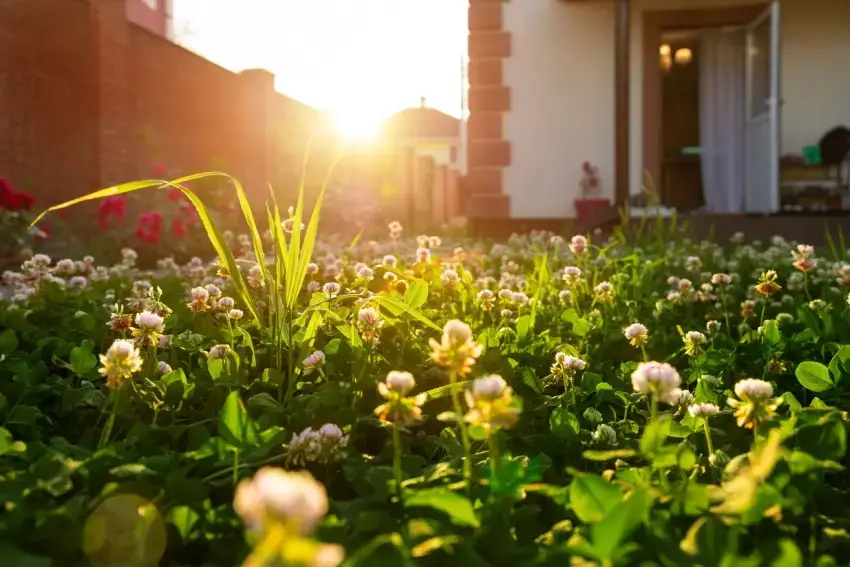
Do you want to create an eco-friendly, low-maintenance lawn that adds a touch of wildness to your property? Then consider planting white Dutch clover. This legume is seeing a resurgence in popularity across the U.S. as homeowners begin to recognize the many benefits clover lawns offer.
Table of Contents:
- What Is White Dutch Clover?
- The Best Times to Plant White Dutch Clover
- Growing White Dutch Clover Across Climates
- Integrating White Dutch Clover with Other Grasses
- Maintenance Tips for a Thriving Clover Lawn
- Environmental Benefits of a Clover Lawn
- Common Misconceptions and Challenges of White Dutch Clover
- How to Plant a White Dutch Clover Lawn
What Is White Dutch Clover?

Native to Europe and Central Asia, this cool-season perennial is known for its trifoliate leaves, small white flower heads, and the characteristic white markings that give white Dutch clover its name.
White Dutch clover is prized for its ability to nourish weak soil and low-maintenance needs. It’s also popular as a full ground cover or mixed with other grasses, making it a sustainable lawn option.
The Best Times to Plant White Dutch Clover
Plant your White Dutch clover lawn in the early spring or late summer to avoid the searing summer heat and chilly winter temperatures. Young seeds can be vulnerable to severe weather. Consult the most recent hardiness scale to find out when the best time is in your climate zone.
Growing White Dutch Clover Across Climates
White Dutch clover adapts to a wide range of climates, making it a good choice in many parts of the United States. It can withstand cooler temperatures better than many varieties of turf. In fact, it does best in regions with cool, moist conditions.
It thrives in the northeastern and northwestern United States. White Dutch clover also does well in Midwestern states, coastal regions, and even in transitional climate zones. The only areas where the plant can struggle are in hot, dry parts of the country. If you live in the South or Southwest, a white Dutch clover lawn may not be a good option.
Integrating White Dutch Clover with Other Grasses
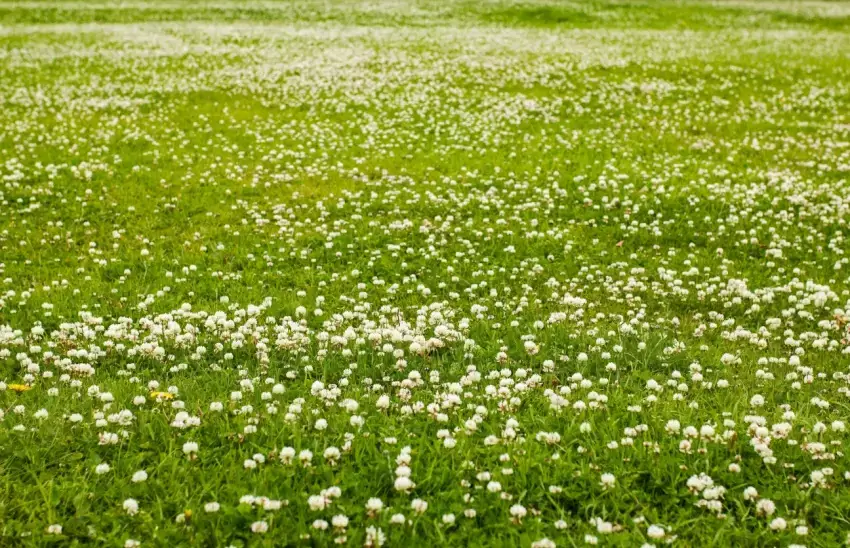
We often recommend mixing white Dutch clover with other types of cloves or grasses to create a more even and consistent-looking lawn. Pairing white Dutch clover with other cool-season grasses can lead to a healthier, more sustainable lawn that requires less overall maintenance.
Some of the best partners for white Dutch clover include:
- Tall fescue
- Perennial ryegrass
- Kentucky bluegrass
- Fine fescue
If you want a more natural and eco-friendly lawn, match white Dutch clover with other low-growing, broadleaf plants, including creeping thyme and Roman chamomile.
Maintenance Tips for a Thriving Clover Lawn
Known for its low maintenance requirements, white Dutch clover still needs some TLC to stay alive and healthy.
Mowing
Overall, white Dutch clover is a low-growing plant. If you want a more natural-looking lawn, you may not choose to mow it at all. For a cleaner lawn, mow to a height of two to three inches every two to three weeks.
Watering
This clover variety does best with regular moisture. Water your white Dutch clover lawn deeply and infrequently, providing one to one and a half inches of water per week, including rainfall.
Fertilizing
White Dutch clover improves soil by taking nitrogen from the air and sharing it with companion grasses and plants. As a result, it requires very little fertilizer. If needed, apply a light dose of balanced fertilizer in the spring or fall to support overall lawn health.
Aerating
This clover’s extensive root system does a good job of breaking up compacted soil. Regardless, it can still be beneficial to aerate on a regular basis. We always recommend core aeration rather than spike aeration. Aerate in the spring or fall during the active growing season.
Overseeding
To keep a dense, healthy clover lawn, overseed with additional white Dutch clover seed every two to three years in the spring or fall. If you notice bare patches in your lawn, that’s a good indication it’s time to overseed.
Environmental Benefits of a Clover Lawn
There’s a reason so many homeowners are switching to white Dutch clover lawns. Clover offers some big environmental benefits that can help you enjoy a more eco-friendly lawn.
Nitrogen Fixing
As we mentioned above, white Dutch clover (along with all legumes) has the ability to convert nitrogen from the air into a form that plants can use. This ability nourishes the soil and lowers the need to add organic or chemical fertilizers to your lawn.
Pollinator Support
The small, white flowers that bloom from white Dutch clover attract different pollinators, including bees, butterflies, and hoverflies. Helping pollinators is a great way to support more biodiversity in your local area.
Less Water Usage
Although it appreciates moist environments, white Dutch clover grows deep taproots and is relatively drought tolerant. That means you don’t need to water your white Dutch clover lawn as much, lowering your overall water usage.
Weed Suppression
Since white Dutch clover grows quickly, its dense canopy can suppress weed growth. Fewer weeds means you won’t have to add as much herbicide to your lawn.
Erosion Control
The deep tap roots of this clover can help hold soil in place, reducing erosion and runoff. Clover might be especially helpful on slopes or in areas with poor soil structure.
Common Misconceptions and Challenges of White Dutch Clover
One of the many reasons homeowners choose to plant a white Dutch clover lawn is because this clover variety is easy to grow and maintain. However, it does come with some challenges:
Too Much Shade
Because white Dutch clover grows best in full sun to partial shade and will struggle in areas of heavy shade, consider pairing your clover with shade-tolerant companion grasses, such as fine fescues if you have a shady lawn.
Pests and Diseases
White Dutch clover resists many common diseases but is particularly susceptible to root and stolon rot. Look out for pests like clover leaf weevils and meadow spittlebugs, which can cause significant damage.
Weeds
Though white Dutch clover does a good job of fending off many weeds, it can still struggle against dandelions, ground ivy, and creeping Charlie. If you notice weeds sneaking into your lawn, try hand pulling or spot treatments with post-emergent herbicides.
Foot Traffic
One of white Dutch clover’s biggest weaknesses is that it doesn’t hold up well to foot traffic. If you love to host neighborhood barbecues or have lawn-loving kids and pets in your household, white Dutch clover might not be your best choice.
How to Plant a White Dutch Clover Lawn
Ready to switch your lawn to white Dutch clover? Starting your Dutch clover lawn from seed isn’t too different from planting other grasses and groundcovers.
Step 1: Test pH levels

We always suggest you start by conducting a soil test to make sure the pH and nutrition levels of your soil are sufficient to support white Dutch clover. (This clover does best in soil with a pH between 6.0 and 7.0.) Next, remove any existing vegetation and then till or loosen your soil to a depth of six to eight inches.
Step 2: Ensure proper drainage
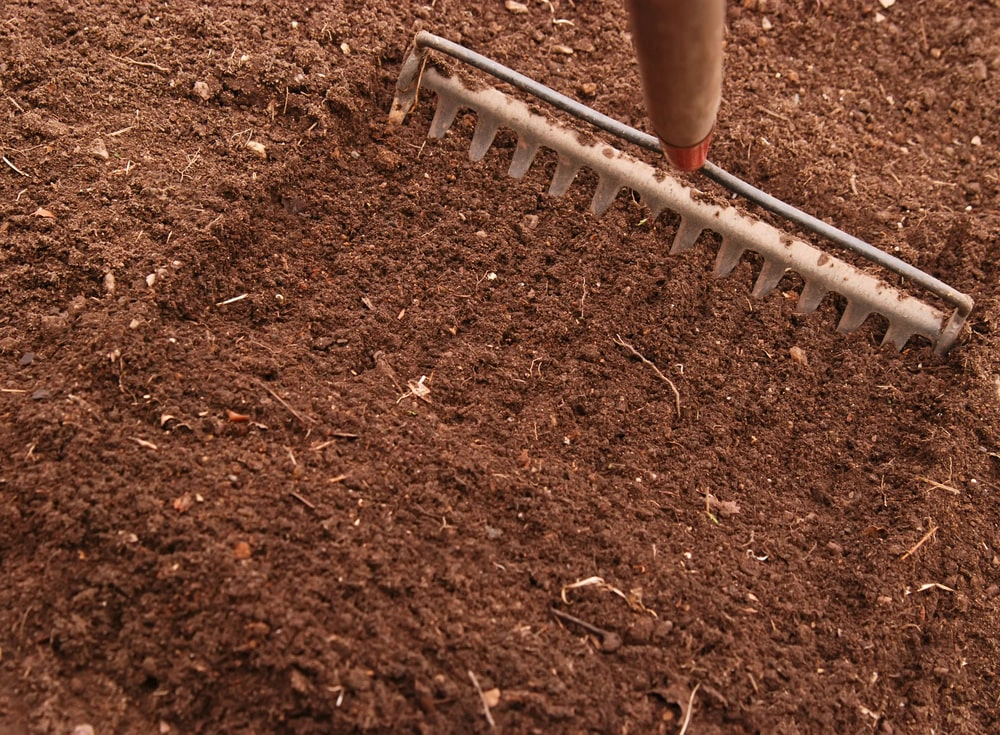
You may need to grade and level your soil to ensure proper drainage. Once your land and soil are prepped, purchase white Dutch clover seeds or a clover-grass mixture.
Step 3: Spread seed and mulch cover
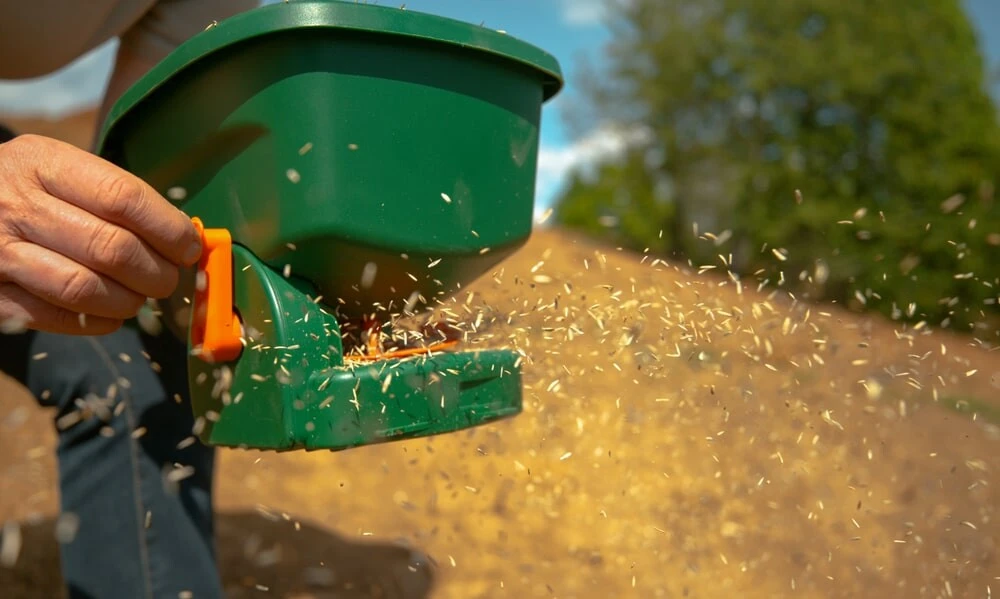
Sow the seeds evenly over your lawn at a rate of a quarter pound of seeds per 1,000 square feet. Rake the seeds lightly into the soil. We recommend adding a light layer of mulch over the seeded area to help it retain moisture.
Step 4: Dial in your watering schedule
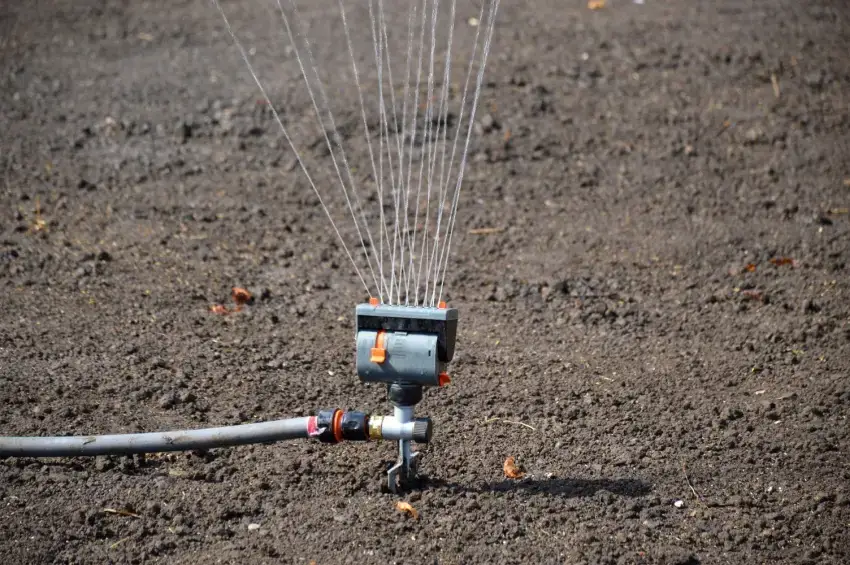
Water the soil daily to keep it moist. Once the clover is established, you can reduce the frequency of watering. It takes roughly seven days for your seeds to germinate, so you should start seeing your first clover sprouts in a week or two.
Ready to Revolutionize Your Lawn? Plant White Dutch Clover Today
Growing white Dutch clover is a great way to create a low-maintenance, eco-friendly lawn that nourishes your soil and invites pollinators to your yard. However, switching over your lawn can be challenging, especially if you’ve never done it before. To ensure the lush, healthy lawn that you want, consider calling in the experts.
Contact us at The Grounds Guys®. Our teams are located across the United States and are ready to offer you customized services. We’re happy to assess your lawn to determine if white Dutch clover is a good choice for your soil type and region. If the answer is yes, we can take out your existing lawn and plant a new one. Your local The Grounds Guys team can perform ongoing maintenance so you never have to worry about your lawn again.
We know you have other landscaping companies to choose from. That’s why we do everything to give you a great customer service experience. That’s part of our Neighborly Done Right Promise™.
Ready to add a little luck to your lawn? Start your white Dutch clover lawn by requesting a free estimate.
 Click to call
Click to call


